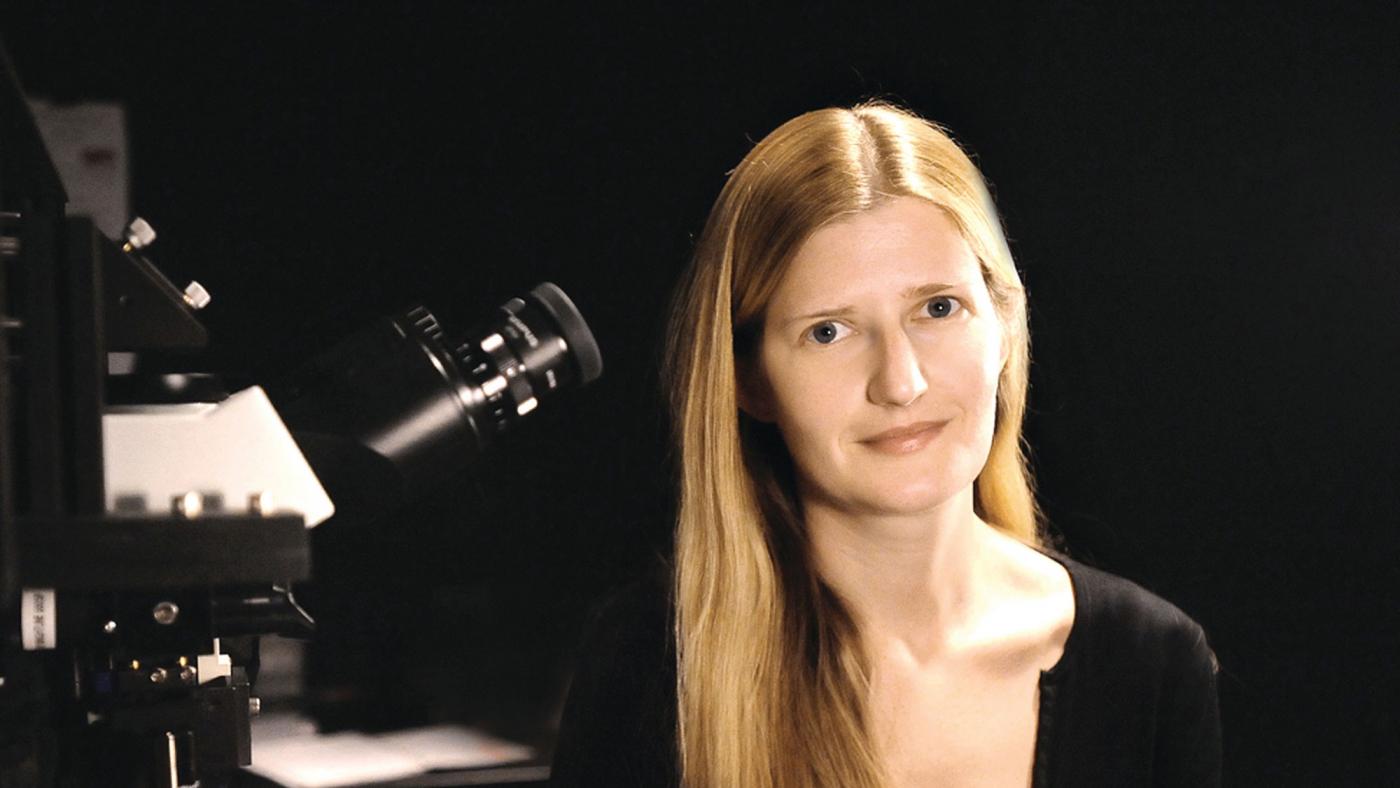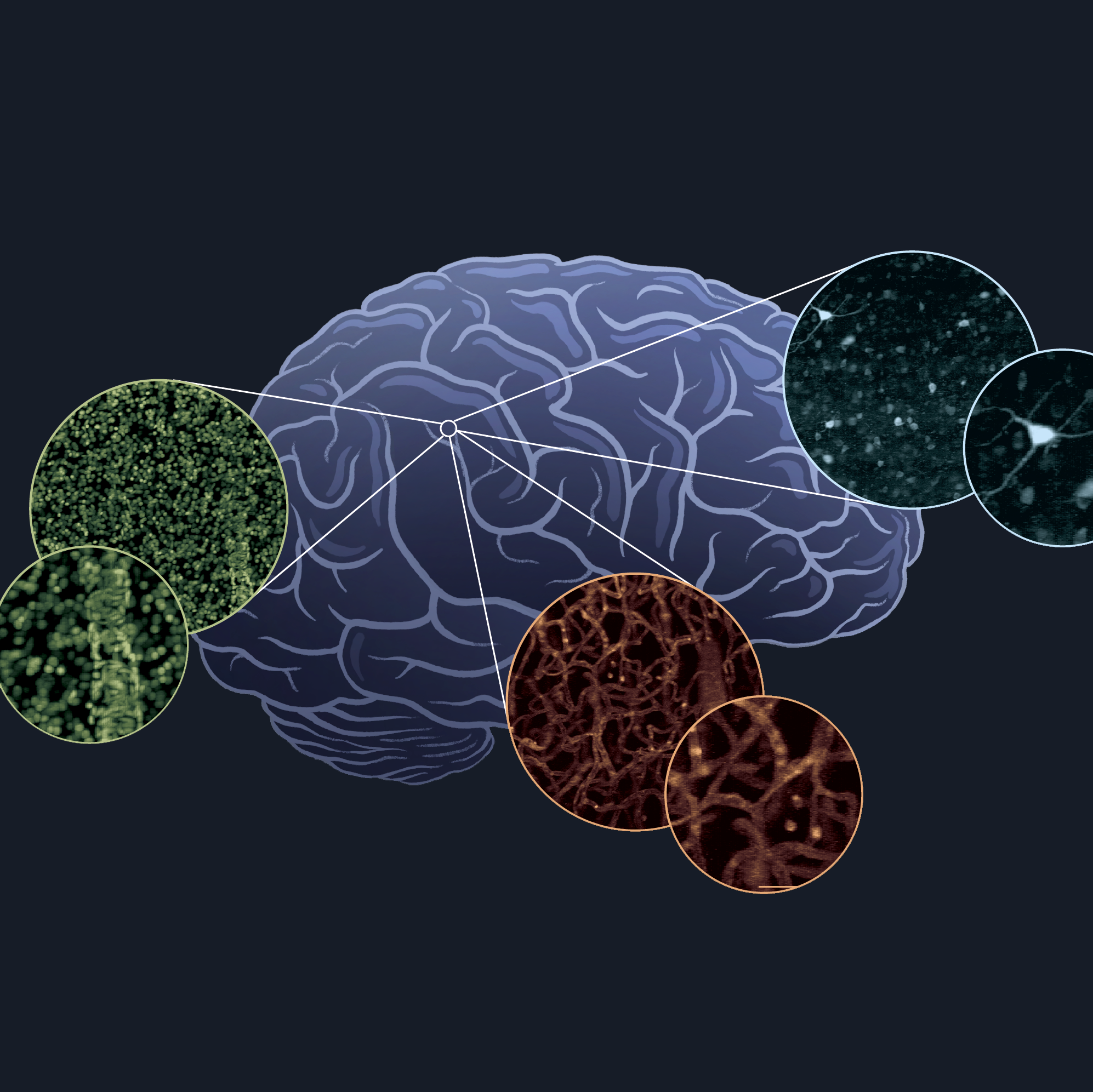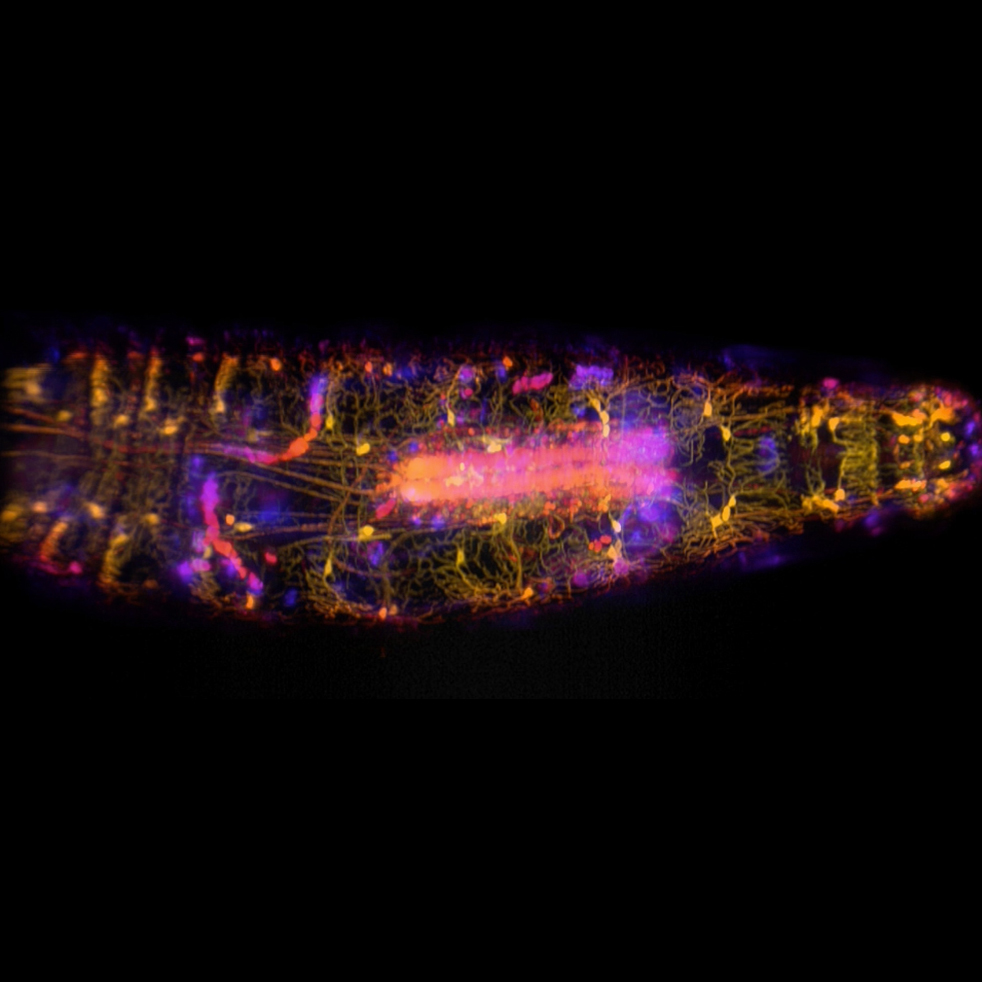NEW YORK, NY — Once a year, the National Academy of Inventors elects NAI fellows from universities, government and nonprofit research institutes around the world. Today, the NAI announced that Elizabeth Hillman, PhD, a Herbert and Florence Irving professor at Columbia’s Zuckerman Institute and professor of biomedical engineering and radiology, is among three inductees from Columbia. The others are Shih-Fu Chang, PhD, dean of the School of Engineering and Applied Science, and Jeannette Wing, PhD, professor of computer science and Columbia’s executive vice president for research. They join 11 Columbia colleagues, including Nobel laureate Eric Kandel, MD, a founding codirector of the Zuckerman Institute, who have been elected NAI fellows since the program’s inception in 2012.
The NAI Fellows Selection Committee lauded its latest class of 169 fellows for having “demonstrated a highly prolific spirit of innovation in creating or facilitating outstanding inventions that have made a tangible impact on the quality of life, economic development and welfare of society.”
We spoke with Dr. Hillman, who has over 20 issued patents, about her penchant for inventing, which has roots in her childhood and has found various expressions ever since.
What are the origins of your drive to invent?
As a child, I was constantly taking things apart, figuring out how things worked and making things. Part of the impetus was that my parents didn’t believe in buying all of the fancy toys that everyone else had. But they used to buy me paper and glue, tools and motors. I got a soldering iron for my 13th birthday. So, I would just make things.
I also took a course when I was 14 or 15 called Craft, Design and Technology, in which we learned how to break down a problem to solve it. I really loved it. We learned to not get locked into a particular way to do something, to seek inspiration from a lot of different places, to trust our guts and take leaps of faith, and to not be afraid to try new things.
You studied physics, teach engineering and use your techniques for neuroscience research. How has this career path shaped you as an inventor?
I think all of my interests start with asking, “what is happening and why?” Many of my inventions have focused on new ways to observe living systems, often at high speeds or in 3D. These new views help us to figure out how things work. It is really exciting to see things that people haven’t been able to see before.
I have also always wanted my work to have real-world impact. It’s why earlier in my career I left academia for a stint in industry. This experience made me really appreciate the creative freedom of academia, but I also learned a lot about technology development, patents and commercialization, which has really helped me in many aspects of my career.
It isn’t always easy though. Many of my inventions have come from seeing a possible solution to a problem and wondering, “maybe we should try this.” It can be difficult because sometimes people who have been working on the problem for years say to me, “why are you here, what are you doing?” If the idea works, you have to develop a thick skin and try to convince people that what you are proposing might help. It can take a lot of work to get people to take a leap of faith with you, especially if you aren’t very well known or connected within a field.
Was this true for your most visible invention, SCAPE, or swept confocally-aligned planar excitation microscopy?
Yes! My lab began developing SCAPE microscopy around 2009 with the goal of being able to image the living brain in 3D at very high speeds. We tried something new that combined a scanning mechanism with light-sheet illumination through a single lens, and everyone who saw it told me we were crazy and it shouldn’t work. It took a long time to get the first paper published, but the beautiful 3D movies we generated ended up speaking for themselves. We got the attention of microscope companies and in 2016 we licensed the technology to Leica Microsystems. With funding from the NIH BRAIN Initiative we have developed many extensions of the design and helped research groups around the world build their own prototypes. We have also demonstrated what the technique can do by collaborating with a large number of scientists working with all kinds of samples, from worms, fish and flies to mice and even human tissues. I am excited to say that just this past Tuesday, at the joint meeting of the American Society of Cell Biology and the European Molecular Biology Organization, Leica Microsystems and a partner company, Applied Scientific Instrumentation (ASI), rolled out the first commercial version of SCAPE. It’s incredibly fulfilling to know that the system is now going to be accessible and available to so many more people who will be able to use it to make new discoveries.
What does becoming an NAI Fellow mean to you?
In academia, there is a lot of emphasis on papers or grants. Inventions and technology development is a gray area in terms of people recognizing it as a worthy achievement. I knew that SCAPE was special, but for it to have an impact I needed to dedicate enormous time and energy to show people how powerful it is. Devoting more than a decade to that effort required big shifts in what my lab members could focus on, while also sacrificing time with my young family. So, it is really nice to have a formal recognition of that work with this honor. I gladly share this honor with all those who have helped and supported me and my "crazy ideas" up until now and hopefully in the future.
Do you have any advice for other would-be inventors?
Always ask “why?” This is something that little kids do, because they are not afraid to ask obvious questions when things don’t make sense to them. Why was it made that way? Why isn’t it working? Why don’t we try another way? I teach courses on biomedical design at Columbia, and our first question is always simple: “what is the actual problem we are trying to solve?” This exercise can open your mind to inspiration, new options and outside-the-box thinking. Don’t be afraid to try something new if you think it might work, and although you should listen to advice, if you really believe in it, stick with it!


